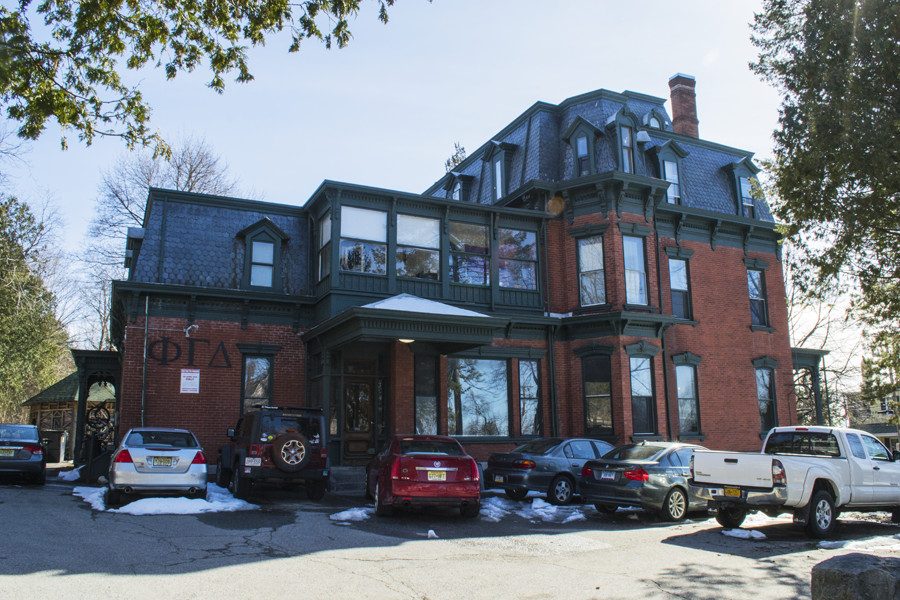A history of hazing: UVM starts new policy
November 4, 2017
UVM implemented a revised hazing policy this fall. The change comes after two incidents of hazing last school year.
The board of trustees and President Tom Sullivan approved the policy in May. Most of the changes clarify what defines hazing in relation to a student organization. The policy outlines the University’s definition of hazing and the ways in which students can report incidents to authorities.
The policy defines hazing as any act that is connected to joining a UVM-recognized group, committed against a student and meant to, or has the potential to, demean or endanger that student.
The update comes as part of a regular three-year cycle, said Pat Brown, director of student life.
“The review process happens all the time with all the policies, and they all happen at different times,” Brown said. “The information goes out to [staff, faculty and SGA] to say, ‘We’re updating this policy and this is where we’re going, and if you have any feedback, let us know.’ Then it gets finalized and approved by the board of trustees.”
Although the policy changes are routine, UVM organizations have been penalized for hazing in recent months. In March, UVM leveled sanctions on two fraternities, Phi Gamma Delta and Alpha Gamma Rho, for hazing-related offenses.
Alpha Gamma Rho was placed on social and general probation for making alcohol available to underage students, while Phi Gamma Delta was suspended for four years after members forced first-year students to drink alcohol as part of fraternity events.
Awareness of such incidents at UVM varies among students.
“I would say [hazing at UVM is] an issue, but it’s not to the extent of some larger universities,” senior Taylor Tackett said.
UVM’s history with hazing includes an incident in 1999 where first-year hockey players reported being hazed. In response, UVM canceled the rest of the hockey season.
In 2006, members of Phi Delta Gamma were issued tickets by UVM police services for using homophobic slurs on pledges and making them wear cowboy outfits, according to a 2006 Fox News article.
“I haven’t witnessed much [hazing], but it’s almost always present wherever you are,” first-year Aaron Evans said.
According to Brown, the recent instances of hazing raised comparisons to those in 1999 and 2006 as well as questions about the differences in repercussions for hockey players and fraternity members, which prompted the policy’s clarifications on which groups count as student organizations.
“People were saying, ‘This happened to Phi Gamma Delta, how come it didn’t happen to the hockey team?’” Brown said. “The hockey team is not a student organization, and that’s different. A student organization [goes] through the Student Conduct Office.”
According to the UVM policy on student organizations, such groups can include academic honor societies, fraternities, sororities, graduate student organizations and other SGA-recognized groups.







